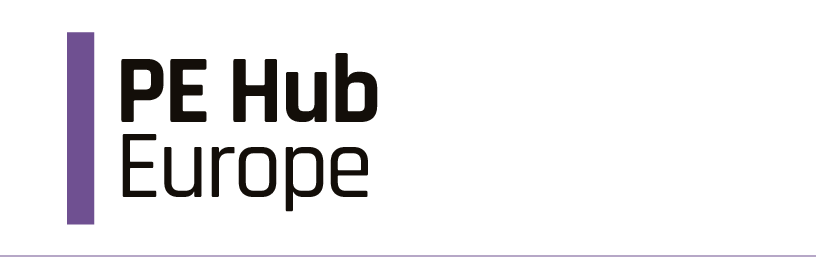To view this content, you need to sign in.
You should only be asked to sign in once. Not the case? Click here
Register now to access this content and more for free.
Magnet Forensics, a portfolio company of Thoma Bravo, acquired digital media forensics software company Griffeye in August.
You should only be asked to sign in once. Not the case? Click here
Register now to access this content and more for free.


Copyright PEI Media
Not for publication, email or dissemination